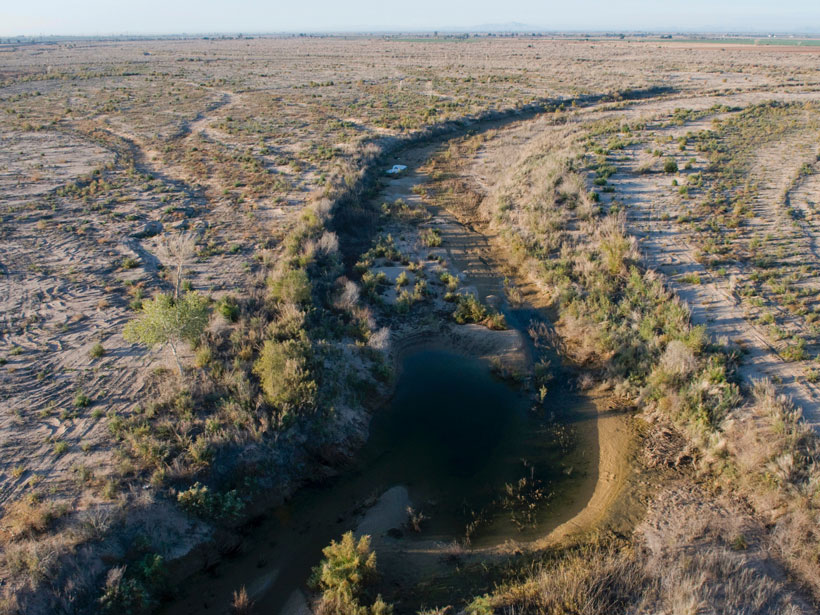Source: Earth’s Future
A third of the world’s population is living with high levels of water stress, according to the World Resources Institute. Reservoirs in major cities in India, South Africa, and elsewhere have nearly run dry because of ever increasing water demand, and climate change is expected to make these arid regions even drier.
Researchers typically evaluate such factors as local climate, population, and resource management decisions to predict a region’s future water stress. But such predictions are especially complex in transboundary basins, where populations separated by national borders share the same water resources. Current hydrological and climate models don’t account for the fact that water stress in transboundary basins is driven by both local factors and upstream water availability and consumption. Consider the Colorado River: The waterway flows across the U.S. Southwest, serving 35 million Americans, before flowing into Mexico. It used to carry 1,200 cubic meters of water per second across the border, but increasing demand in the United States and drought conditions have left the riverbed nearly dry in Mexico. Previous research has indicated that upward of 2 billion people worldwide experience water stress for at least part of the year because of upstream water use.
To investigate what future water stress might look like in these areas, Munia et al. used data on water availability, consumption, and population from global hydrological models run under various future greenhouse gas emission and socioeconomic scenarios. They found that under the best-case scenario, with low emissions and slow population growth, water stress in transboundary basins would increase by half by 2050, relative to stress in 2010. Under the business-as-usual scenario, with high emissions and population growth, water stress would double over the same time frame.
The team identified 246 transboundary basins and 886 subbasin areas that rely on transboundary water resources, and the modeling revealed that water stress would increase in all areas already experiencing moderate to extreme water scarcity, including parts of Asia, the Middle East, and North Africa. The specific effects of water availability and consumption depended on the level of water stress that a basin was already experiencing. Increased local water consumption generally had a larger effect on changes in stress in areas with low water stress levels, whereas changes in upstream availability had a larger effect in areas already experiencing high water stress.
The takeaway, the authors note, is that local water management decisions will have substantial impact on future water stress. But changes upstream can influence downstream water availability, and the number of people living in areas dependent on upstream water is expected to grow. (Earth’s Future, https://doi.org/10.1029/2019EF001321, 2020)
—Kate Wheeling, Science Writer
Citation:
Wheeling, K. (2020), Modeling water stress for shared water resources, Eos, 101, https://doi.org/10.1029/2020EO147073. Published on 16 July 2020.
Text © 2020. AGU. CC BY-NC-ND 3.0
Except where otherwise noted, images are subject to copyright. Any reuse without express permission from the copyright owner is prohibited.

